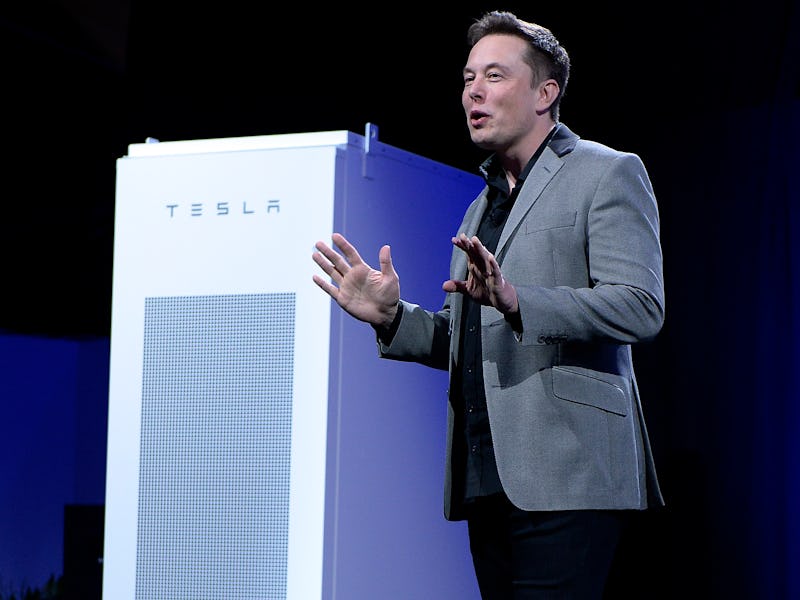Elon Musk Explains Why It's "The People Vs. Uber"

Tesla CEO Elon Musk said Wednesday that the company’s plan for ridesharing — coined the “Tesla Network” — is mostly about helping people fight Uber’s dominance of that market, not about driving up Tesla’s revenues.
An investment analyst asked Musk, during a quarterly earnings call, whether the ridesharing plan was meant to help make Tesla’s electric cars more popular or to become a new source of revenue for the company.
“I think it’s a bit of both, really,” Musk said. “This would be something that would be a significant offset of the cost of ownership of a car, and then a revenue generator of Tesla as well. Obviously a majority of economics would go to the owner of the car. Sometimes it’s been characterized as Tesla versus Uber or Lyft, or something like that.
“But it’s not Tesla versus Uber, it’s the people versus Uber.”
Musk first stoked the speculation about Tesla getting into the ridesharing game during another earnings call in November 2015. The plan was “not fully baked” at the time, he said, but Tesla’s worked over the last year to figure out how this platform might work.
Then in July, he explained that the ridesharing platform could help Tesla owners earn money when they don’t need access to their car. The vehicle would drive itself, and the owner would receive a portion of any revenues earned by the car.
This feature has the potential of “significantly offsetting and, at times, potentially exceeding the monthly loan or lease cost,” Musk wrote in the company’s updated master plan revealed this summer.
Now it seems that Musk also thinks Tesla Network could help create a platform that can compete with Uber, whose drivers have protested their low pay multiple times over the last few years.
See also: Elon Musk Says Tesla Is “Anti-Selling” the Model 3
If the Tesla Network makes it easy for people to contribute to its platform, and it truly shares more revenues with vehicle owners than Uber does with its drivers, it could help achieve both of the company’s goals. Assistance with making the monthly payment on a Tesla vehicle could make them more popular; increased revenues could also help Tesla’s financials.
See also: Elon Musk: “Do Not Bet Against” Tesla’s Self-Driving Tech
All of this depends on how quickly Tesla’s fully autonomous vehicles take to hit the streets. The company’s goal is to debut a car that can drive itself from a home in Los Angeles to Times Square by the end of 2017.